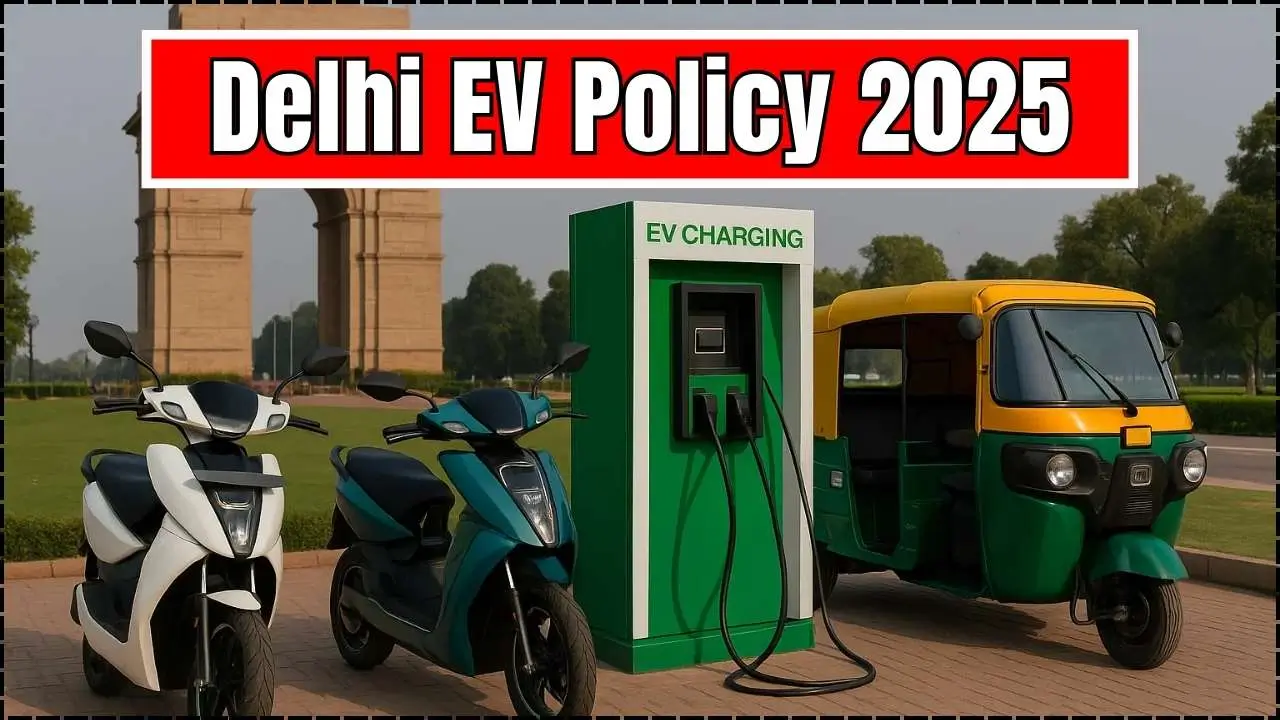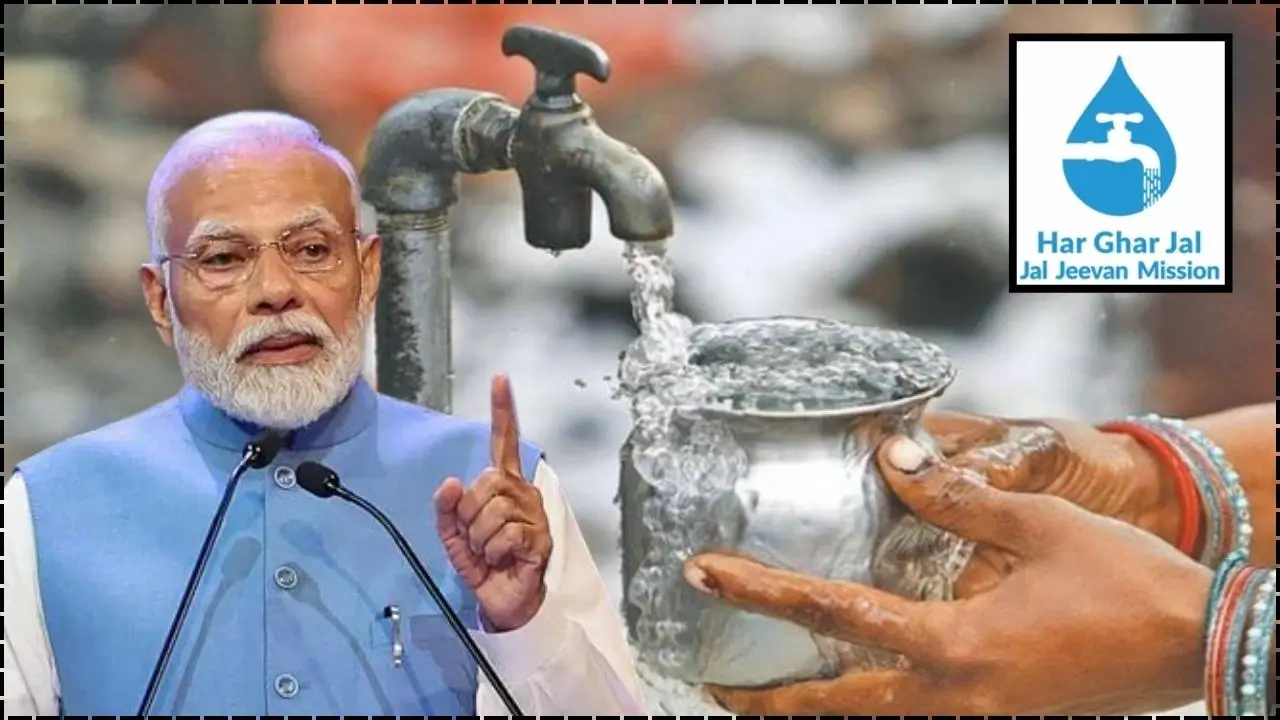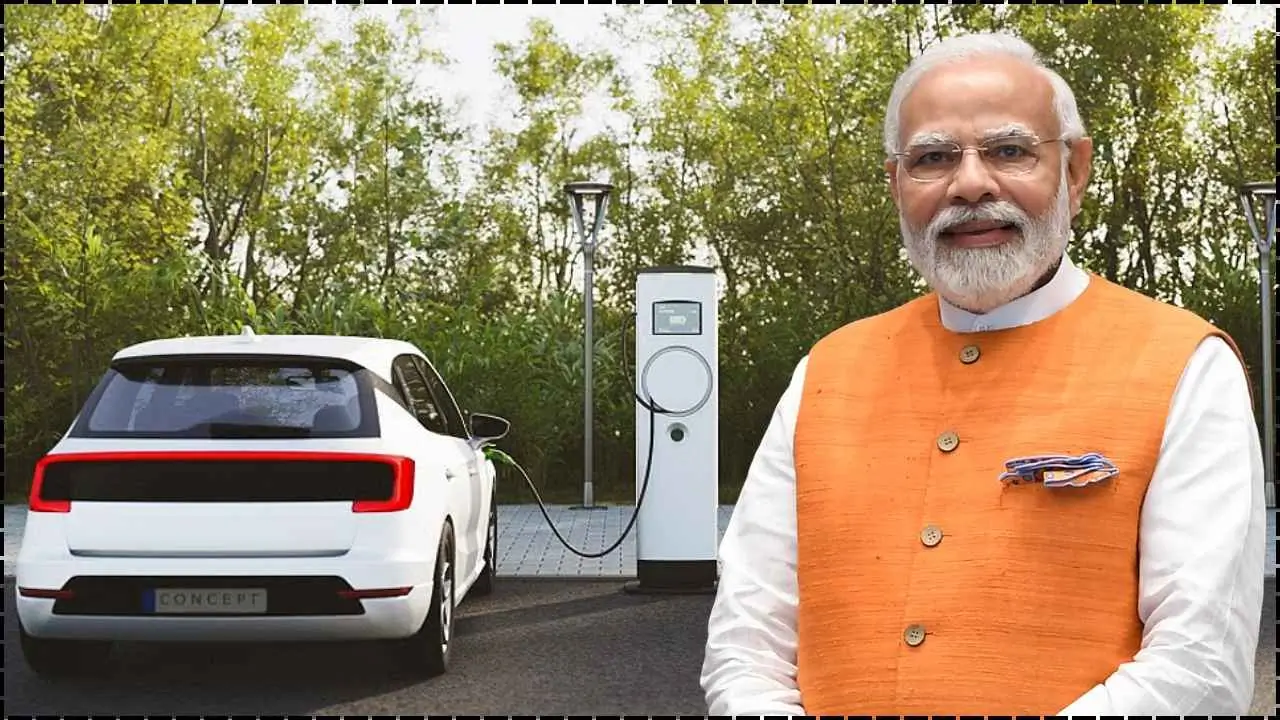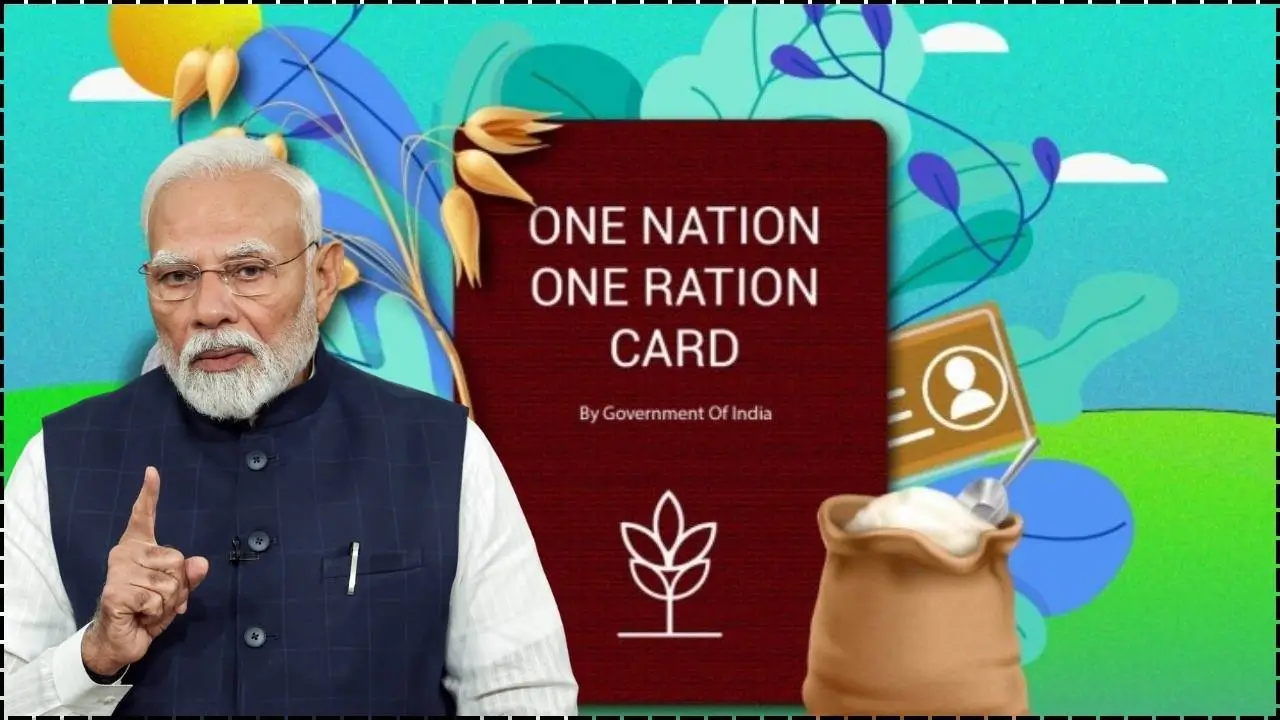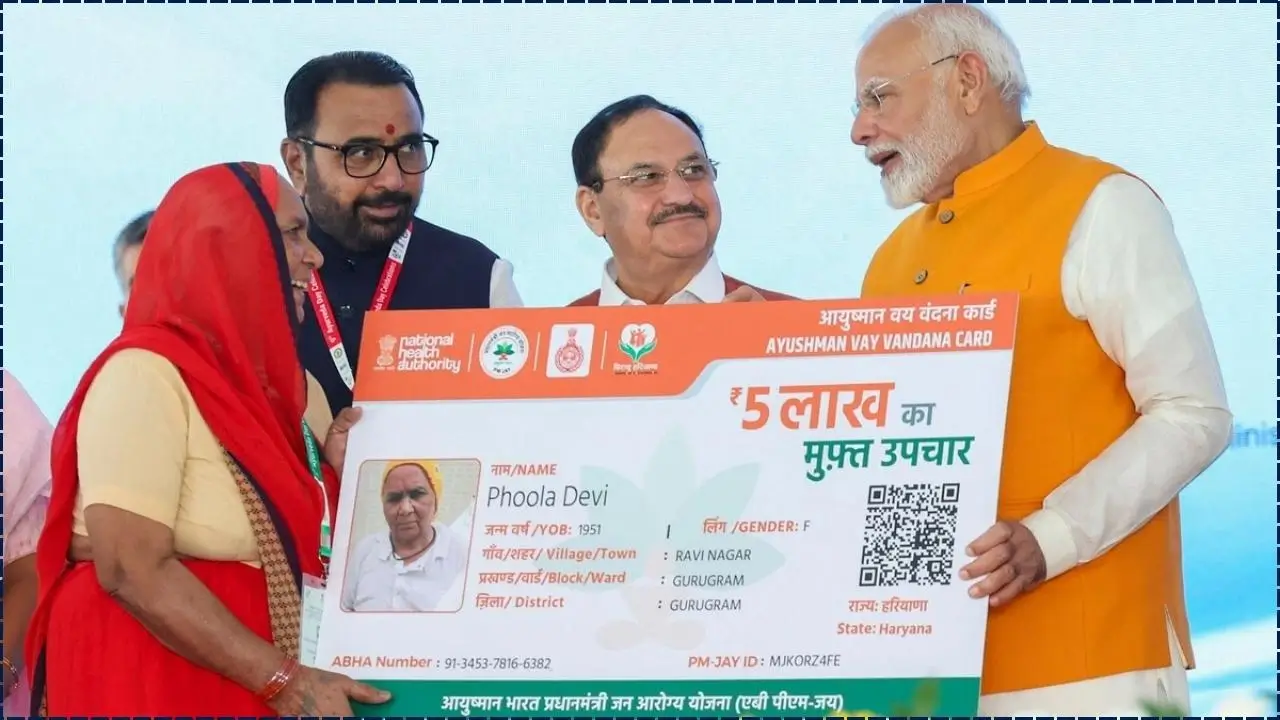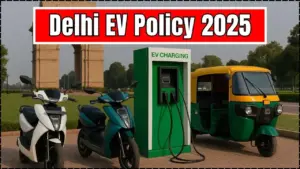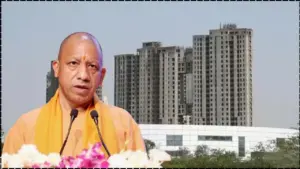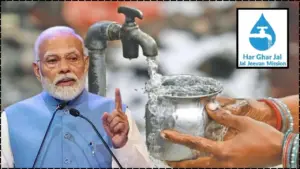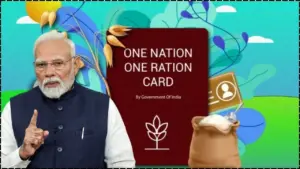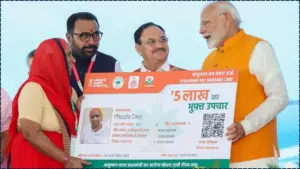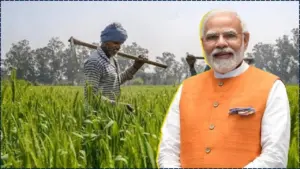The Uttar Pradesh (UP) government has rolled out a comprehensive housing policy aimed at providing affordable homes to residents who do not yet own permanent houses. This initiative, part of the state’s larger effort to improve living standards and address housing shortages, comes with clear eligibility criteria. By focusing on income levels, residency, and ownership status, the government aims to ensure that those most in need of housing can access this scheme.
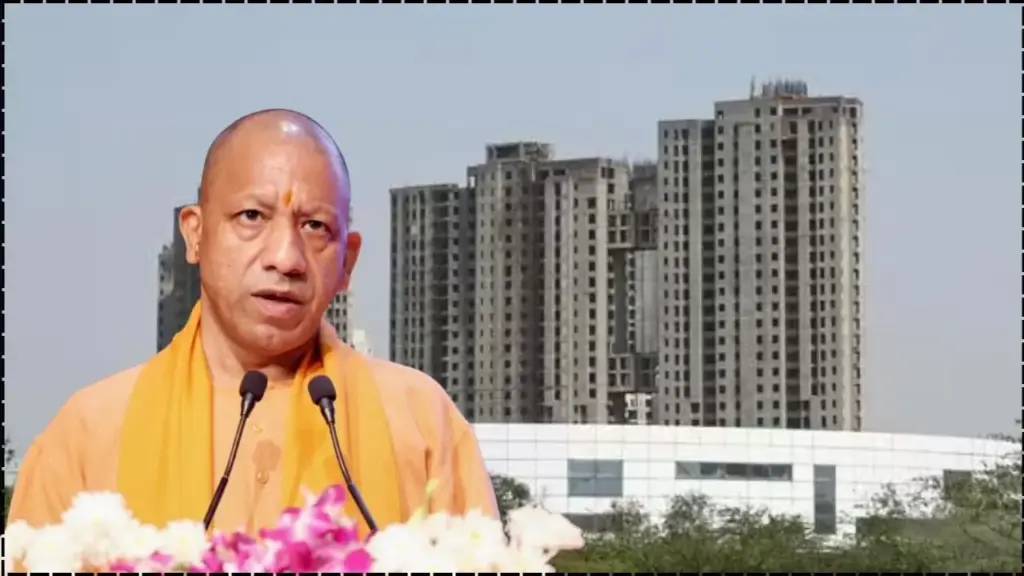
The UP Housing Policy 2025 is a progressive initiative aimed at providing affordable homes to low- and middle-income families in Uttar Pradesh. By focusing on income-based eligibility, non-ownership of homes, and prioritizing marginalized communities, the government is taking steps toward inclusive urban development. Although challenges remain, the scheme is expected to help thousands of families in securing permanent, affordable homes and improving their quality of life.
Key Eligibility Criteria for the Affordable Housing Plan
To qualify for a home under the UP Housing Policy, applicants must meet several key conditions outlined by the government. These conditions are intended to ensure that the benefits are directed toward low-income groups, marginalized communities, and those with genuine housing needs.
1. Residency Status
Only residents of Uttar Pradesh are eligible for the housing scheme. Applicants must prove that they are permanent residents of the state, which ensures that the benefits are restricted to local populations.
2. Income Level
Eligibility for the scheme is based on income groups. The policy divides applicants into four income categories:
- Economically Weaker Section (EWS): Families with an annual income of up to ₹3 lakh.
- Lower Income Group (LIG): Families with an annual income between ₹3 lakh and ₹6 lakh.
- Middle Income Group (MIG): Families earning between ₹6 lakh and ₹12 lakh annually.
- Higher Income Group (HIG): Those earning above ₹12 lakh annually, although their eligibility depends on the availability of specific affordable housing units.
3. Ownership Criteria
Applicants must not own any pucca (permanent) house anywhere in India. This condition ensures that the benefits are directed at those who do not already have access to a stable housing option. Families with homes in rural areas but without permanent houses may still qualify, provided they meet the other criteria.
4. Government Employees
Government employees, particularly those with secure jobs and housing allowances, are typically not eligible for this scheme. The policy targets low-income individuals who struggle to afford private sector housing.
Special Provisions for Marginalized Communities
The UP government has made provisions for specific groups to ensure that the benefits reach those who are often overlooked in traditional housing policies:
1. OBC Sub-Castes and Tribal Groups
The UP government has introduced additional support for Other Backward Classes (OBC) and tribal communities. For example, communities like Sapera and Jogi are given priority in receiving housing assistance through the Chief Minister’s Rural Housing Scheme. This ensures that historically underserved groups can access government benefits.
2. Women
Women, particularly those heading households, have been identified as a vulnerable group. The policy includes provisions to help women secure homeownership. Women applicants may be given preference in some cases, especially in rural areas. This focus aligns with the government’s broader goal of empowering women through homeownership.
Apply for the Affordable Housing Scheme
The application process for the UP affordable housing scheme is straightforward but requires essential documentation:
1. Online Registration
Applicants must register through the official UP Housing and Development Board (UPAVP) portal or the Awas Yojana portal. Online registration is the primary method, and applicants are required to fill out the application form along with supporting documents.
2. Documents Required
Applicants must submit the following documents:
- Identity Proof: Aadhar card, voter ID, or other government-issued ID.
- Income Proof: Income certificates, bank statements, or salary slips.
- Non-Ownership of Pucca House: A self-declaration or proof from local authorities indicating that the applicant does not own a pucca house.
3. Verification
Once applications are submitted, authorities will verify the details provided, and eligible candidates will be shortlisted.
4. Lottery System
In certain cases, especially when there is a high demand for homes, the government may use a lottery system to allocate homes to eligible individuals. This ensures fairness and transparency in the selection process.
Financial Assistance and Support
To make housing more accessible, the government has introduced several financial assistance mechanisms:
- Subsidized Pricing: Homes under the affordable housing scheme are priced at highly subsidized rates, making them accessible to the lower income groups.
- Loan Assistance: Beneficiaries can avail of loans through the Pradhan Mantri Awas Yojana or other state-backed schemes, with lower interest rates and longer repayment terms.
- State-Backed Financial Schemes: The government has also introduced easy home loan schemes with lower down payments for eligible applicants. These initiatives help families overcome financial barriers and achieve homeownership.
Related Links
Check Maharashtra PM Fasal Bima Yojana Claim Status Online: Check Complete Guide
PM Kisan Yojana Update: Farmers to Get More Benefits This Year?
Digital India Push: Govt’s Big Plan to Boost Rural Internet Access
Regional Disparities and Challenges
While the UP Housing Policy is a step toward solving the state’s housing crisis, some areas still face challenges:
- Urban vs Rural Disparity: Major urban centers, such as Lucknow, Varanasi, and Agra, see higher demand, making it harder for rural applicants to secure housing. The government is focusing on expanding affordable housing projects in suburban and rural districts.
- Infrastructure and Accessibility: The availability of adequate infrastructure such as roads, water supply, and electricity in newly developed housing colonies remains a challenge in some areas.
FAQ About UP Housing Policy
Q: When will the next phase of affordable housing applications open in UP?
A: Applications are typically open throughout the year. Visit the official UPAVP portal for updates on the next phase.
Q: How can I apply for a loan under the UP Housing Scheme?
A: Loan applications can be processed through designated financial institutions or via the UP Housing and Development Board.
Q: Are there any provisions for people living in informal settlements?
A: Yes, the scheme prioritizes applicants without pucca houses, including those living in informal settlements or temporary housing.
Q: Is the scheme applicable to non-residents of Uttar Pradesh?
A: No, the policy is specifically for permanent residents of Uttar Pradesh.

